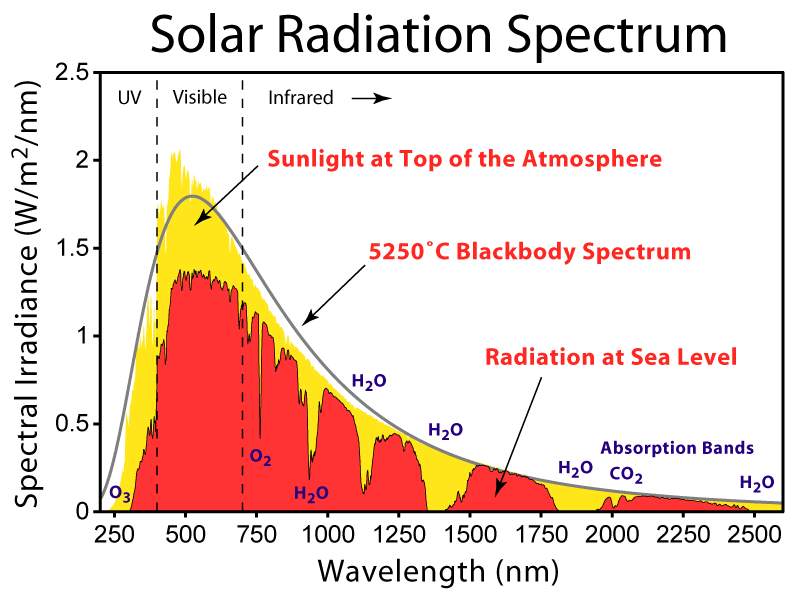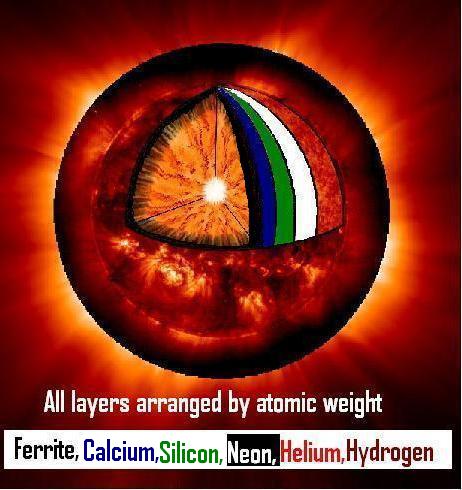Michael Mozina
Banned
- Joined
- Feb 10, 2009
- Messages
- 9,361
First asked 7 August 2009
Michael Mozina, Your Iron Sun model has
(I assume that sunspot is actually photosphere).
Sunspots form *in* the photosphere.
Sunspot activity cycles about every eleven years. This is explained conventionally by magnetic fields starting with the Babcock Model in 1961.
How does the Iron Sun idea explain the sunspot cycle?
Every eleven years or so the sun experiences an uptick in the atmospheric electrical activity. When the coronal loop action increases, so do the number of visible sunspots. You will not find sunspots in the absence of active areas that produce high energy wavelengths. The increase in coronal activity leads to an increase in sunspot activity. For instance, if you look at SOHO and STEREO images today, there are no active regions facing the Earth and no particularly active areas can be seen in the STEREO behind images. The likelihood of sunspot activity today is virtually zero. The only way a sunspot might form is if we *FIRST* see an uptick in 195A activity compared to what we see today. Unless we do see a significant change in the 195A activity, no sunspots will form on our side of the sun for at least the next week and half.
Last edited:



 !
!
